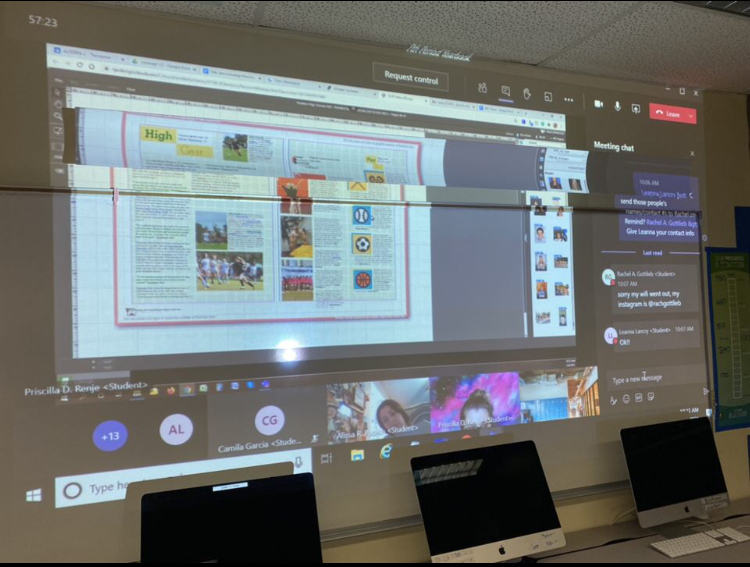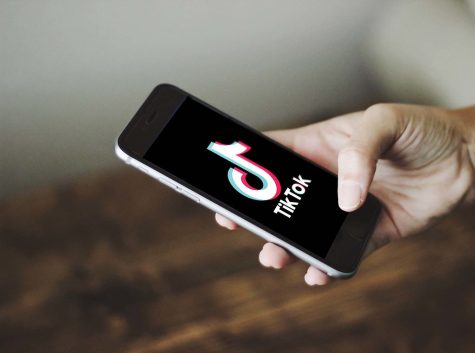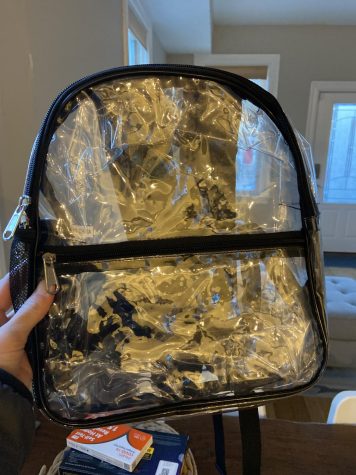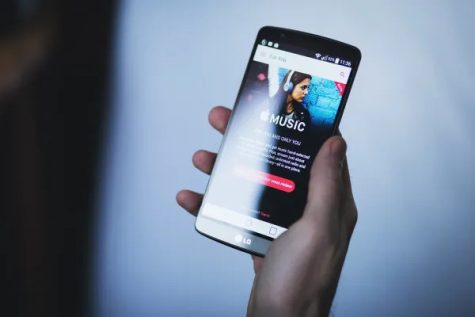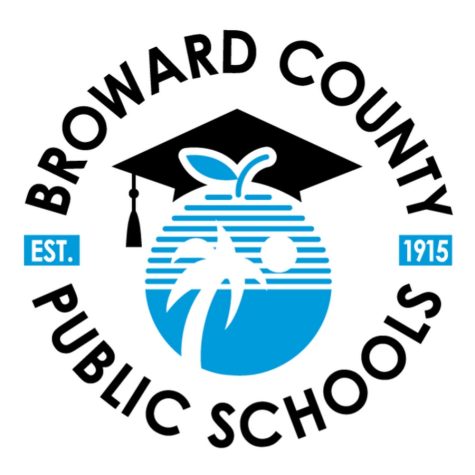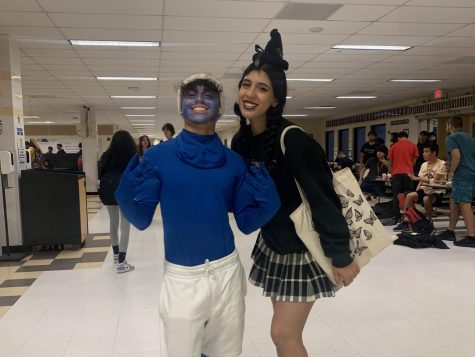In disconnected year, yearbook staff binds pages together
A remote yearbook staff navigates covering a student body mostly learning from home.
The yearbook staff designs a layout of the book via Teams meeting on Feb. 4. The staff is 100 percent virtual.
The yearbook may be the most iconic symbol of childhood nostalgia. The old pages burst with smiling friends, waving school banners, and the halls that made you who you are today. So what happens when your friends can’t leave their houses, the banners are locked away in closets, and the halls are mostly filled with echoes?
With roughly 3100 of the 3500-strong student body choosing to learn at home and extracurricular activities few and far between, the yearbook staff has quite the challenge ahead of them.
Knowing this year would be different, the editors of the yearbook met in the summer to brainstorm the theme and cover design of the book. However, no amount of planning could prepare them for the 2020-2021 school year.
“Every single thing is hard,” yearbook adviser Kara Mullins said.
This theme seemed to permeate the class, as most struggled with the fundamentals of putting the book together. Seeking stories to cover suddenly became one of the hardest parts of the job as the yearbook class itself went virtual.
“We have to get the majority of our interviews by contacting students over social media, which can be difficult because of things like not getting [in-depth enough] responses or not at all,” returning staff member Mia Woods said.
Co-editor-in-chief Priscilla Renje agreed that coverage is proving to be an almost Herculean task. Renje once spent hours dm-ing students on Instagram for their perspective on a basketball game.
“We have to be very resourceful on how we get our coverage. We have to reach out to people with the expectation that they won’t answer, then we have to pick a different story,” Renje said.
Ads editor and team leader Isabella Reyes also relies on social media for coverage contacts.
“We used to be able to walk around and ask random people, but now the people we can interview are limited to your social media followers [and those you are] following.”
Copy Editor Sophia Tamburello expressed similar sentiments, “It would be a miracle if anyone answered within the first few hours or even day of the initial message.”
Forced to think outside of the box, the staff sent out Google forms attempting to draw in students to talk about different topics and interests.
“[I]t was difficult trying to cover the entire student body with that form because some wouldn’t respond or we kept sending them to the same group of kids,” first year editor Ashley Lynn said.
Having expected her year to be filled with interaction with her editors and peers, sophomore Lilian Nunez said she was shocked to be “stuck at home with a computer as the only means to contact the staff members and having my phone as the only tool for an interview.”
Having to branch out of their comfort zone and scan the media landscape for a good scoop isn’t the only thing weighing heavy on the staff. The empty hallways and limited extracurricular activities have proved troublesome for photographers trying to capture students and their passions.
With none of the staff attending school in person, Mullins said her team relies on students, parents or teachers to send in photos themselves to featured in the book. This came with its own set of problems, as the photos can come out in low resolution or aren’t from the optimal angles needed for a yearbook layout.
Student portraits were originally scheduled for August, allowing time for any make-ups or design challenges. Finally, with a change in district policy to allow in-person photo days, students took them at the end of January with virtual kids making appointments after school. Make-up day (typically held in October) won’t be until March 5, yet another thing that was out of the staff’s control.
After gathering all the stories and pictures, it’s time to put it all together. However, Alissa Pupich, co-editor-in-chief, has found that even the editing process is not exempt from the effects of online learning.
“Editing is a little difficult because in the classroom we would have everyone’s input and Mullins usually would show us all the design elements [in person], but now it’s kind of in my hands and I have to figure out what to do by myself,” Pupich said.
Finishing the yearbook seems daunting at times as Mullins says the hardest part early on was the unknown. With the ever changing rules and protocols, nothing remained constant. She found herself knowing as much as her students did at times.
“It’s hard to advise them because I don’t know the answers either,” Mullins said.
She began this year with lowered expectations for the book, citing the infinite hiccups her class would go through as reasons that the book might not have content at the level of previous ones. She was pleasantly surprised when she saw the first pages go into the proofing stage.
“I was really impressed and proud of them,” Mullins said.
Woods was also pleasantly surprised at the group’s tenacity, citing everyone’s ability to still get work done under this immense pressure as something she’s proud of.
Nunez also admits that though she is new to the class, her work on finding stories and interviews has impressed her.
“It’s hard to describe, but whenever I see the coverage on [a page], I can’t help but smile and be relieved that I was able to do it,” Nunez said.
The pressure of meeting deadlines isn’t the driving force behind this team, but instead the knowledge that hundreds of students are looking forward to their yearbook to commemorate their high school experience and as a bit of brightness in an otherwise dark year.
“The hardest process is trying to motivate a team through a computer,” Renje said. “It’s hard to push and motivate them to reach out to others for coverage or get them to participate in class, when I struggle with motivation myself. Some days I have to push myself for my team and it’s hard and overwhelming, but what we are doing is so important for our school, so I have to push through those feelings.”
Business manager Taja Walker was already planning on virtually attending class before COVID struck, as she was enrolling in Early Admission at Broward College but still wanted to be a part of the creative force behind the book. While the challenges of her yearbook experience were expected, she still battled the same obstacles as her peers, including utilizing social media to their advantage.
Walker was unable to photograph student events as she was accustomed and noticed lower than usual yearbook sales. Walker chalks this up to uncertainty with students and parents but laments, “[w]hatever the reason, it’s a little disappointing that everyone in yearbook is working hard to make sure the book is done, and because of this distancing people aren’t buying what we worked so hard to make for them.”
Reyes also admits the year has been challenging but says the staff is doing their best to submit pages because they know so many students are still expecting a book this year.
Mullins reflects on how through the trials and tribulations thrown at the yearbook team, they’ve all stepped up to the challenge.
“It is nice that we’re all figuring this out together,” Mullins said.
